One of the most pleasing sounds/techniques available to a guitarist is playing contrary motion counterpoint using concerted rhythms. These are lines that occur simultaneously moving in opposite directions. Unfortunately, it happens to be one of the more difficult things for an improvising guitarist to do on the fly. This class is designed to address how to incorporate these amazing sounds into a practice routine so that they will become second nature, coming out in an improvisational setting as well as in your own written arrangements. A little goes a long way with this technique; just a small dose can be very effective in engaging the listener. These examples sound great as part of intros, endings or interludes or anything along the way.
This class consists of 19 short examples of counterpoint lines using II-V-I progressions which are extremely useful over standard tunes. It’s beneficial to limit the number of examples when learning these concepts. Focusing on just one or two exercises per week will lead to better memorization/retention of the material. Each example can be altered rhythmically and melodically to make them your own.
A theoretical analysis of each example is provided in the video with an emphasis on memorization techniques. The class is packed full of practical advice in coming up with original phrases and creative brainstorming of this concept in the practice room. The independence required in playing examples like these will quickly be felt in the fretting hand fingers. Not only are these devices useful in improvising but can really spice up one’s solo guitar arrangements as well as ensemble arrangements. Let these short, musical and memorable II-V-I phrases be part of your contrapuntal vocabulary!
- Running time: 40 minutes
- 4 pages of PDF material in TAB and standard notation

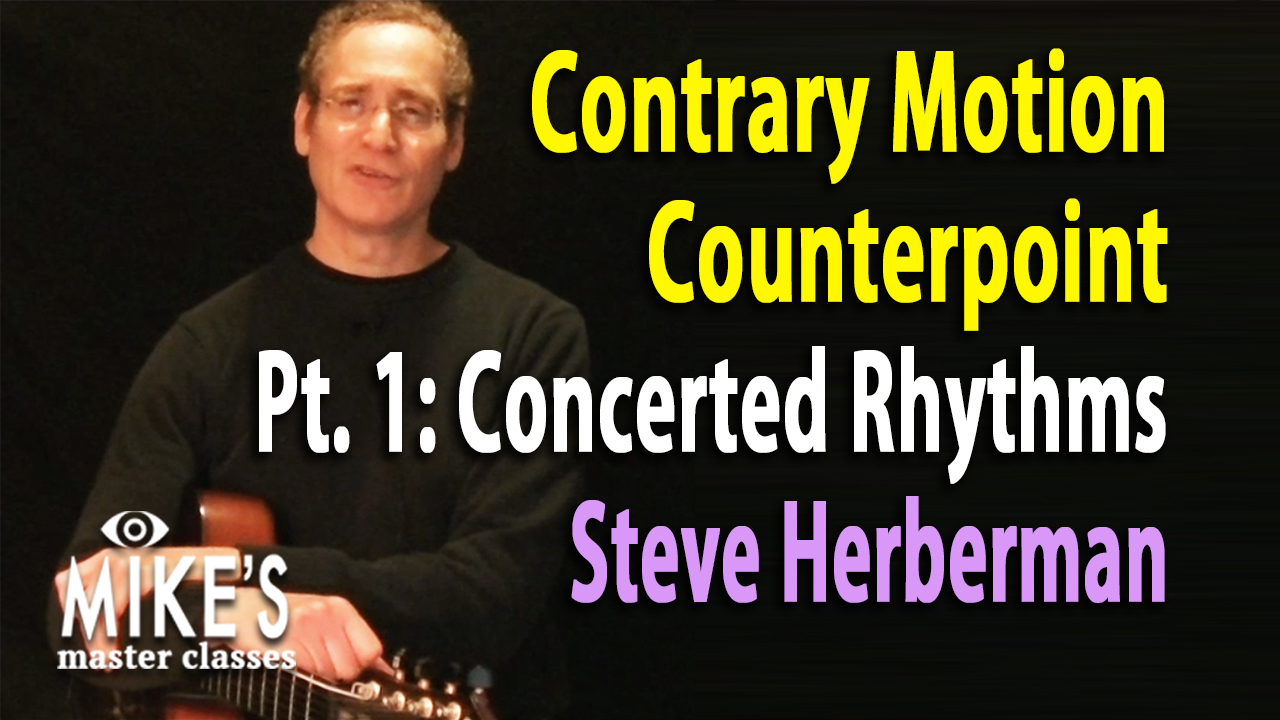
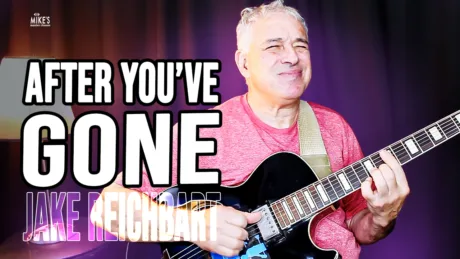
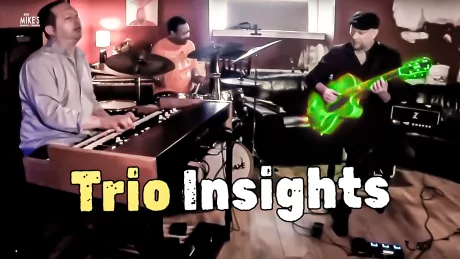
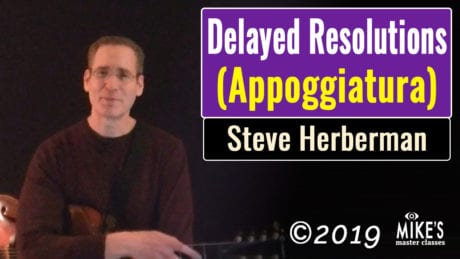





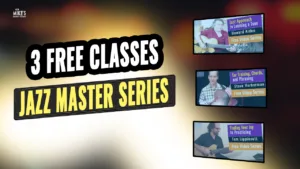

Contrary Motion Counterpoint part 1
Antoher clear, full of nice ideas to work on, and absolutely inspiring lesson!! Thanks a lot Steve!
by Daniel CorzoMechanisms as a Modular System, not a Dr. Seuss Book, indeed :)
Steve, I really like where you’re going with this “Mechanisms” thing, because the creativity really comes from not just parroting it, but the ability to personalize it, individually.
Modularity has become the basic principle of computer coding, especially Object-Oriented Programming. Creating re-usable, small bits, or “Objects”, that can be re-used and re-applied in multiple formats, contexts, situations. It has the same applicability with music. Mingus famously said that music is the progressive mastery of simple things that build on each other.
For example, I played around with the representation of the C-7 chord in measure 1 of exercise 5. Now, instead of playing the C-7, I have additional ways of representing this information, in a linear way. This also connects very much with what Barry Harris says, over and over again, “Music is Movement”. Thanks again and cheers,
by Navdeep JhajNav